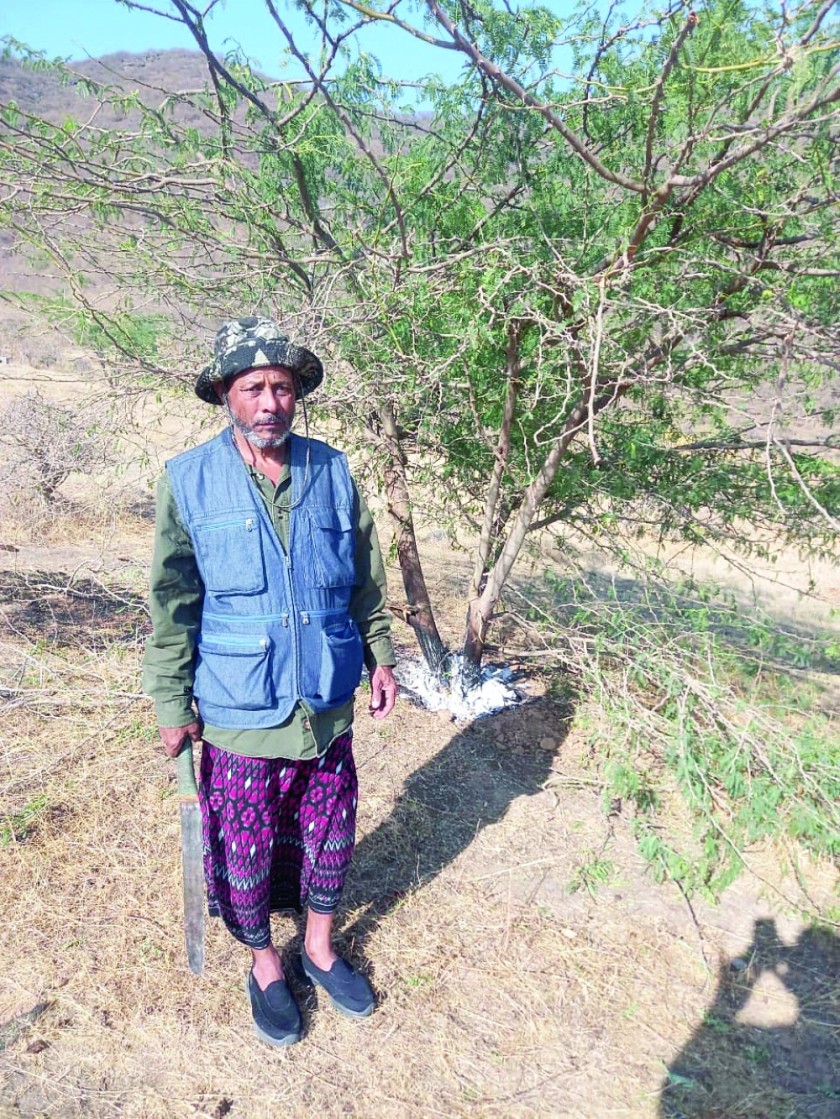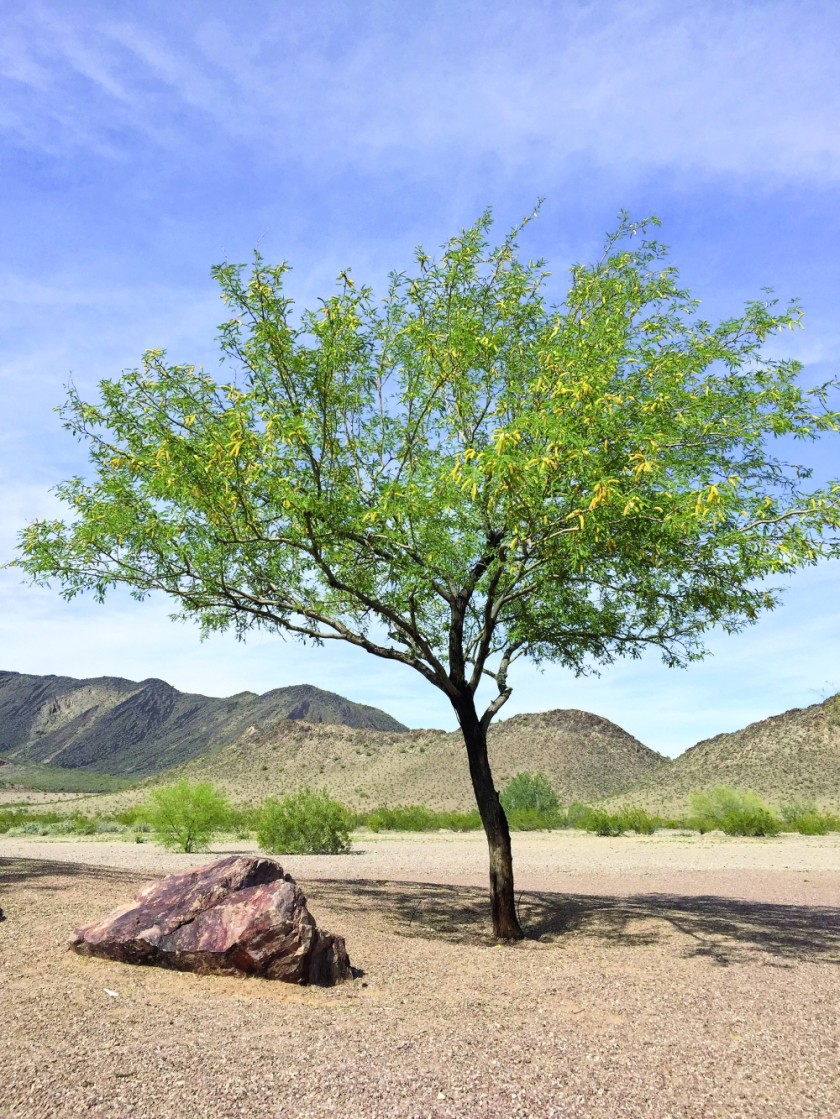

The battle against mesquite trees has been going on in the country for the last three decades, but a father-son duo is now making it their personal goal to bring down its numbers.
The father and son team is from Wadi Kasheem, Taqah.
For two years now, Said Awadh Sheheet al Shahri and his young son Awadh Said al Shahri have been uprooting the invasive mesquite trees using their own techniques.
“They have become iconic volunteers. Together they have been inspiring others to join hands in eliminating the species. Daily they carry their equipment and dig a deep hole around the trunk of each tree until they reach its roots to burn it. The method has proved to be the best way to eradicate it,” said Yahya Mahad Ali al Mashani, from Environment Authority in Salalah. He is also a volunteer who often joins the father and son team.
Said Awadh has been covering the areas from Salalah to Taqah, especially the foothills of the mountains. There have been initiatives, but at the same time, the trees are also aggressive in expanding their territory.
According to Yahya, the tree is considered invasive because it does not belong to the natural vegetation of the Sultanate of Oman. Money has been spent, and both the government and private sectors have been trying to bring down the number of trees and eventually reach the objective - eradication.
Dhofar Municipality recently issued a tender for removing mesquite trees between Salalah and Taqah.
The animals consuming the products of the trees have also been reported to fall sick.
Said al Shahri emphasised the need to extirpate the tree, “People must have sufficient awareness on the harm that is caused by this malicious tree and the damage it causes to the local ecosystem.”
He said he has spent the last two years fighting against the mesquite and continues to uproot the species from the Sultanate of Oman’s soil.


What is the damage the tree has been causing?
Yahya explained, “Within the framework of the campaign on combating the mesquite trees, various initiatives are taken and supported to tackle the spread of this invasive tree as it occupies 80 per cent of Dhofar’s vegetation, especially the area from Ain Arzat to Wadi Darbat, which is about 30 km.”
What is significant is that this area is also fertile naturally by underground water and springs generously supported by the monsoon (Khareef) showers. But this is also where the difficulty arises as the roots of these trees can network their way to reach water to great lengths leaving the natural species to compete for their share of water.
“Indeed, this kind of tree is known to consume five to six litres of water per month, which prevents other plants from growing in the vicinity; this causing a decline of other vegetation by five per cent every year,” pointed out Yahya.
Accordingly, shepherds and livestock owners are facing hardship in finding natural fodder and grazing grounds for their animals. In the case of Said Awad, he chose to take action and contribute in his way toward eradicating the trees.
But for his son Awad, the experience is one of the biggest lessons on environment and on the delicate balance of ecosystem.
Oman Observer is now on the WhatsApp channel. Click here



